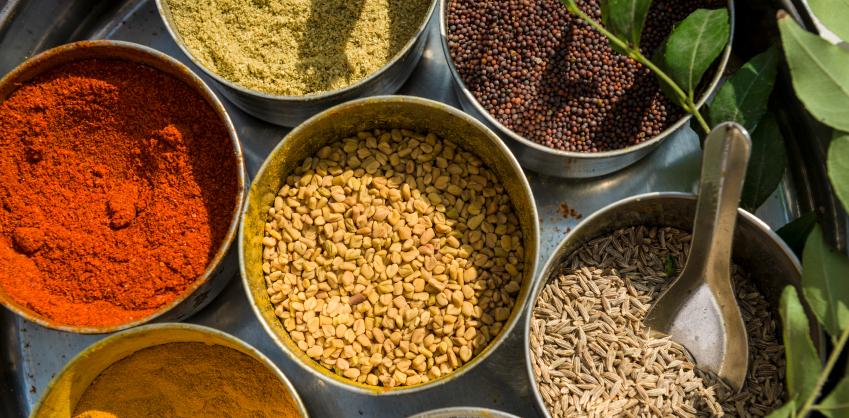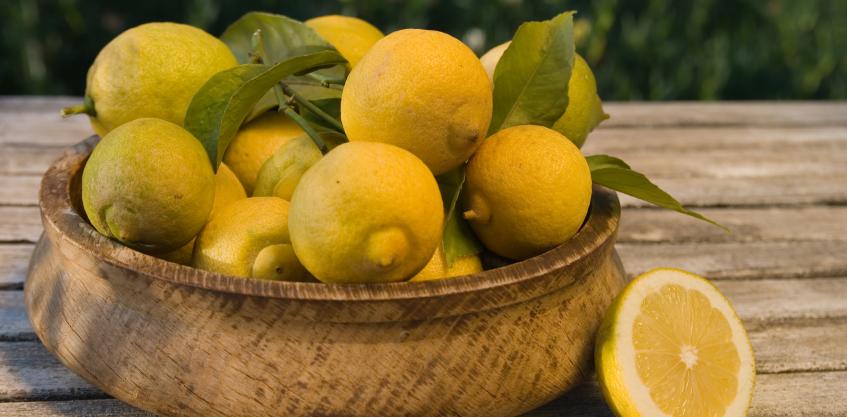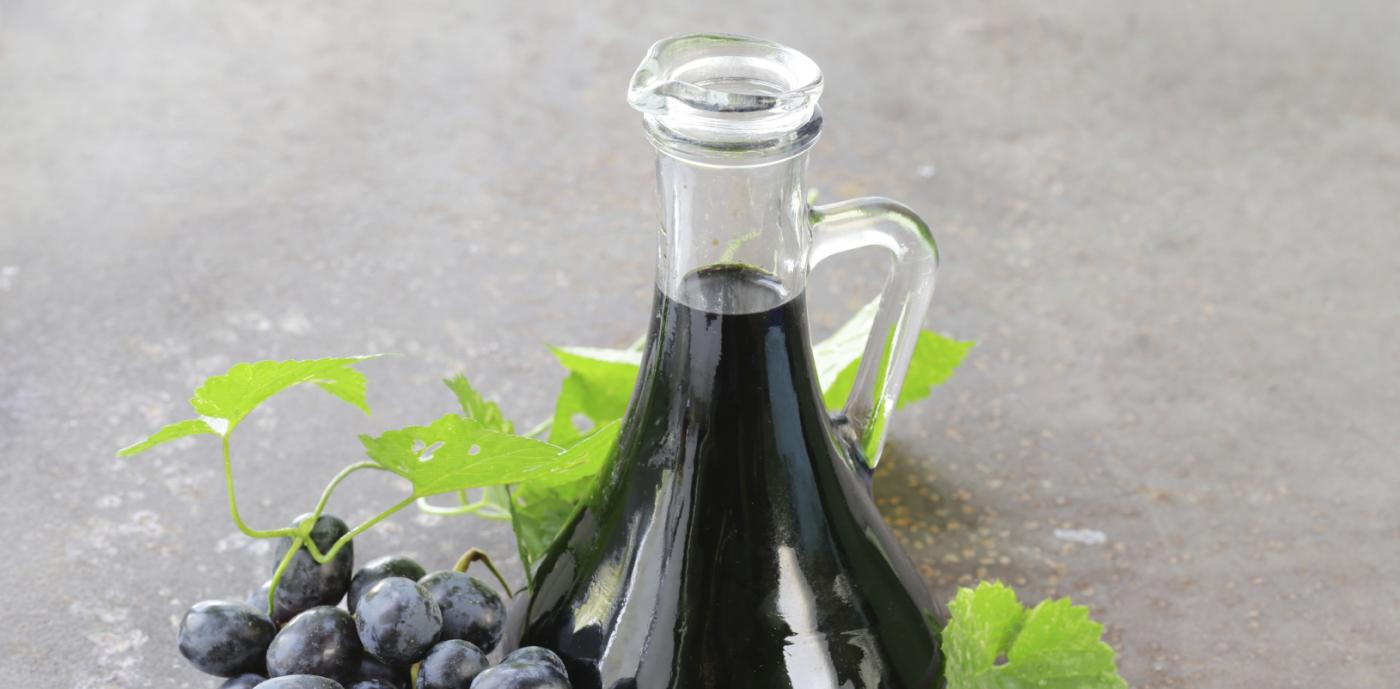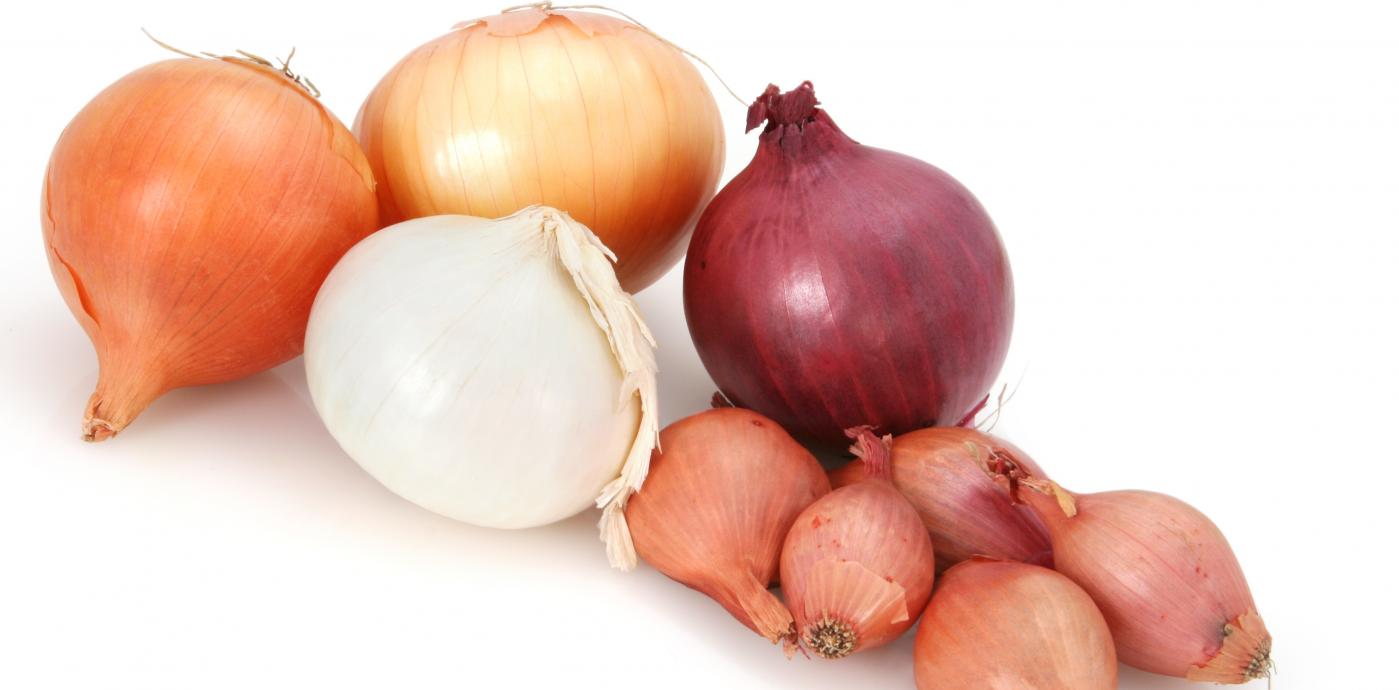We all know that filling our plates with more vegetables, fruits, grains, and pulses is healthier for us and healthier for our planet. Making delicious plant-based foods the focus of your meal doesn’t have to be time consuming or difficult either. Using spices, vinegars, oils, and citrus juices is one of my favorite tricks for adding incredible flavor to vegetable dishes and tying together complementary ingredients.
How to Boost the Zest, Spice, & Aroma in Your Cooking:
1. Citrus Juice. Add lime juice to mashed sweet potatoes, squeeze some lemon juice into your lentil soup, or replace half the water in your brown rice with orange juice to sweeten it up and give it a little tang. Using citrus juice (and zest, too) is a great way to add that hint of tartness that perks up your taste buds and leaves you craving more.
2. Cumin. If you are not yet familiar with cumin, prepare to fall in love. Most meals I make start with olive oil, a pile of chopped onion and garlic, and a tablespoon of whole cumin seeds. Warming this combination in a frying pan creates the most incredible smell and signals to every tummy within a 50-foot radius that dinner is on its way, and it’s going to be good! Cumin is great with beans, tomatoes, and sautéed greens. If you don’t care for the slight crunch of the cumin seeds, you can use the ground powder instead.
3. Ginger. Whether fresh, powdered, or juiced, ginger is a great addition to stir-fries, chili, and salad dressings. It gives a little extra zing when raw, and mellows nicely when cooked, providing warmth and depth of flavor.
4. Balsamic Vinegar. Its dueling notes of sweet and sour allow balsamic vinegar to knit different avors together wonderfully. Try it with sautéed mushrooms, poured over fresh strawberries, or as a marinade for tofu.
5. Turmeric. Despite what you might guess given its powerful ability to change the hue of your dish yellowy-orange, turmeric has a mild, fragrant flavor. Add it to soups or quiches, and cook it with your grains to infuse them with color and a gentle, savory taste.
6. Cardamom. If you enjoy the flavor of chai tea, you will adore cardamom and not just in hot beverages. Cardamom adds an unusual spiced flavor to baked goods and pancakes, and works well in homemade applesauce or ground and sprinkled on poached fruit.
7. Nutmeg. The smell of nutmeg always reminds me of holiday cookies, but this powerful seed can hold its own in savory dishes as well. Try it grated on your favorite roasted winter squash or sprinkled over a pile of sautéed kale or collards. It’s also a great addition to a hearty veggie lasagna.
8. Paprika/Chili Powder/Cayenne. Whether you’re a spicy food fanatic or not, just a pinch of chili powder or paprika can really take your dish to the next level. If you tend to err on the side of caution when it comes to hot foods, paprika is an excellent choice for mild warmth, while also adding great color to your dish. Chili powder and red pepper flakes provide a medium level of heat, whereas cayenne really takes it up a notch. I love adding red pepper flakes to my veggie and pasta dishes. Cayenne does wonderfully in bean chili and stews.
9. Sesame Oil. Just thinking about the distinctive nutty taste of sesame oil is enough to make my mouth water. That’s probably why it’s a staple of Southeast Asian and Middle Eastern cuisine. Drizzle sesame oil over roasted eggplant or carrots and use it as the cooking oil in your stir-fry.
10. Dried Herbs. Fresh herbs are great if you can get them, but they can be expensive and they don’t keep very long in the fridge. Fortunately, dried herbs often do the trick when it comes to flavor. Try sprinkling thyme over asparagus, or adding oregano to refried beans. Tarragon pairs especially well with sweet, tangy fruits like strawberries or mango. Experiment with basil, dill, rosemary, and marjoram to and the herb and vegetable pairings you like best.
11. Mustard. Im a strong believer that mustard is underutilized when it comes to cooking. Adding a tablespoon of Dijon or whole-grain mustard to a dish can really bring it to life. It’s super tasty mixed into mashed potatoes or swirled into cooked grains. The next time you steam Brussels sprouts, broccoli, or green beans, stir mustard into cup of the steaming liquid and use it as a sauce over your veggies. Add a little honey if you’re so inclined.
12. Garlic and Onion. These two flavor powerhouses (and their cousins, shallots, leeks, and chives) play an important role in just about every cuisine in the world, and for good reason. Sauté some garlic and onion along with just about ANY vegetable or grain out there from soups to tomato sauce, pilafs, and more and you will have happy nostrils and taste buds.
Caroline Sluyter, Whole Grain Stamp Program Manager










